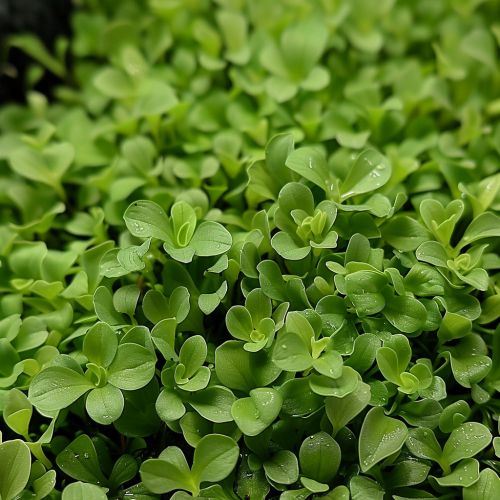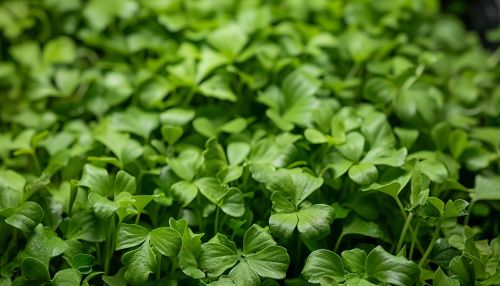Jungermanniopsida
Taxonomy
The Jungermanniopsida is a class of liverworts, which are non-vascular land plants belonging to the division Marchantiophyta. This class is one of the largest within the division, comprising about 25 families, 230 genera, and approximately 5000 species. The Jungermanniopsida are further divided into two subclasses: the Jungermanniidae and the Porellanae.
Morphology
Jungermanniopsida are characterized by their complex leafy structures, which are typically arranged in two rows on the stem. The leaves are usually lobed or divided and lack a cuticle, a protective layer found in other plant species. The plants are typically small, ranging from 1 to 10 cm in height, and are often found growing in dense mats on the forest floor, on rocks, or on the bark of trees.


Reproduction
The reproductive cycle of Jungermanniopsida is characterized by an alternation of generations, a common feature in the life cycle of plants. This involves the alternation between a haploid gametophyte stage, which produces gametes (sex cells), and a diploid sporophyte stage, which produces spores. The gametophyte is the dominant stage in the life cycle of Jungermanniopsida, and it is this stage that is most commonly observed.
Distribution and Habitat
Jungermanniopsida are found worldwide, from the tropics to the Arctic, and from sea level to high mountain ranges. They are most commonly found in humid environments, such as rainforests, swamps, and wetlands, but some species can also survive in drier environments, such as deserts and alpine regions.
Ecological Role
As primary producers, Jungermanniopsida play a crucial role in ecosystems by converting sunlight into chemical energy through photosynthesis. They also contribute to the formation of soil and the regulation of water flow in ecosystems. Furthermore, they provide habitat for a variety of microorganisms and small invertebrates.
Conservation
Many species of Jungermanniopsida are threatened by habitat loss, mainly due to deforestation and urbanization. Climate change also poses a significant threat to these species, particularly those that are adapted to specific climatic conditions.
